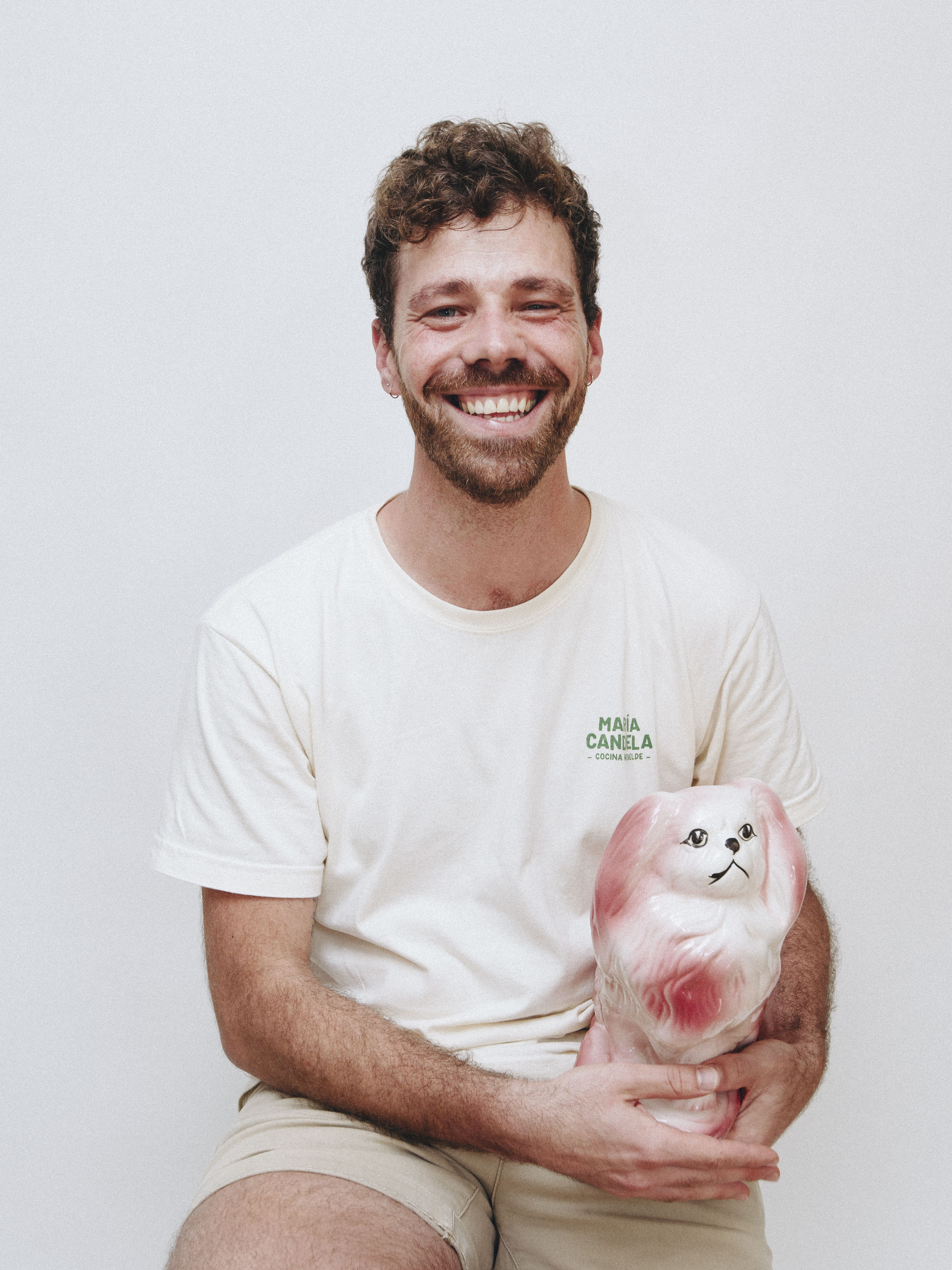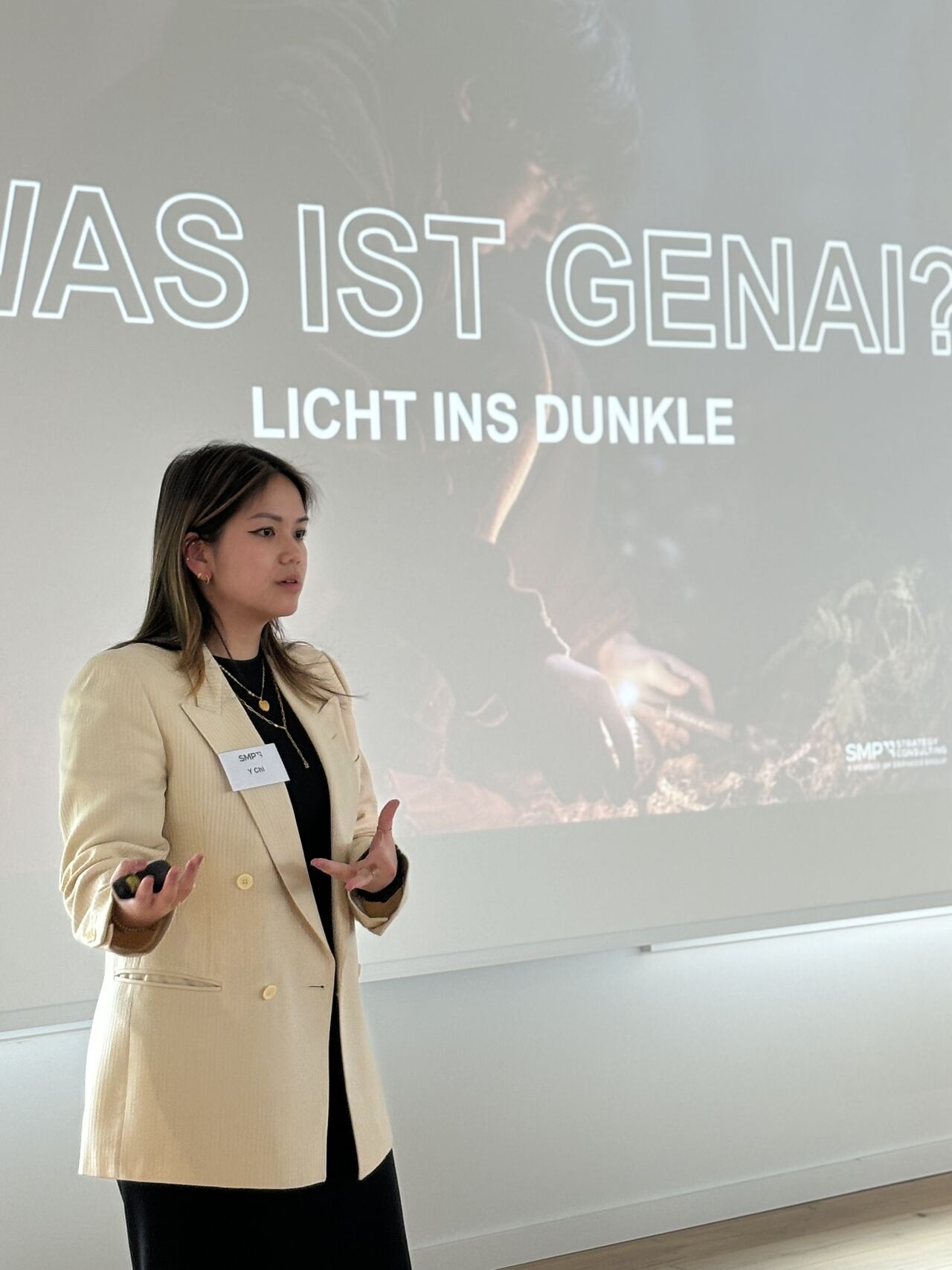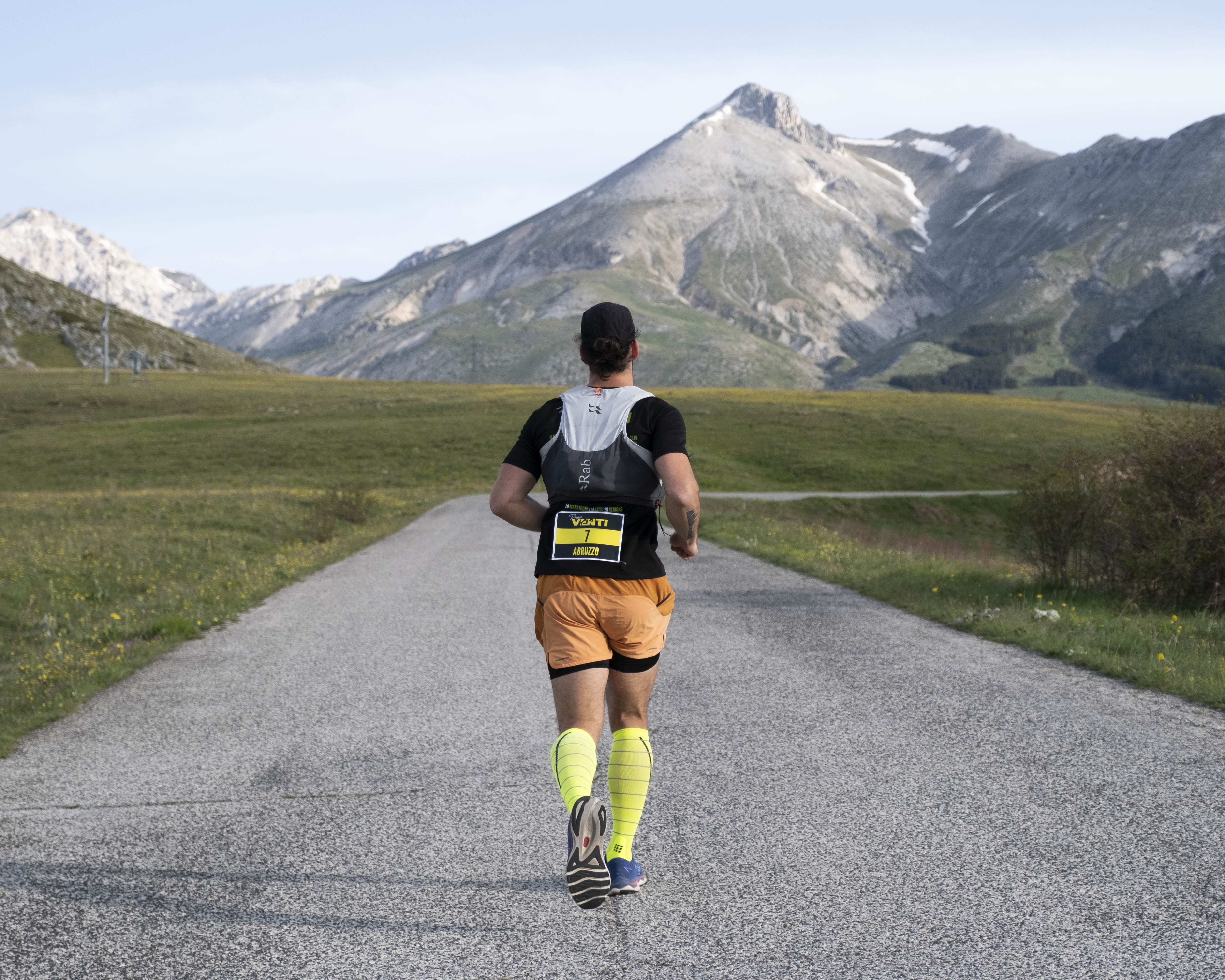International Yoga Day 2021
Today, 21 June, is International Yoga Day. This day was proclaimed by the United Nations (UN) to draw attention to the many benefits of yoga. We talked about yoga with Maria Stanford and Marijke Heemskerk, both yoga teachers at UM SPORTS.
What is yoga?
Yoga is an ancient physical, mental and spiritual practice that originated in India. The word 'yoga' is derived from Sanskrit and means 'to connect' or 'to unite', symbolising the union of body and consciousness. Today, it is practiced in various forms all over the world and continues to grow in popularity.
The UN stresses the importance of making healthier choices and living a lifestyle that promotes good health. In this context, the World Health Organisation has also urged its member states to help their citizens reduce physical inactivity, which is one of the top ten causes of death worldwide and a major risk factor for non-communicable diseases, such as cardiovascular disease, cancer and diabetes (United Nations, 2021).

More than a physical activity
However, yoga is more than just a physical activity. According to Marijke Heemskerk, yoga teacher at UM SPORTS, 'inner peace' is the key word. "On a mat you practice with patience, non-violence, compassion and without the need to achieve anything. A healthy mind in a healthy body".
Nowadays there are many different types and variants of yoga: Hatha Yoga, power yoga, yin yoga, Ashtanga yoga, vinyasa yoga, chakra yoga, to name but a few. One form of yoga demands strength, balance and endurance, while another form demands more mental strength or a spiritual approach.
According to Marijke, dividing yoga into all these styles is not necessarily a good development: "What you like (e.g. sweets) might not be good for you. If you are an active person, Ashtanga Yoga or power yoga is probably your first choice. But shouldn't you then introduce more relaxation, and for example choose yin yoga or restorative yoga?"
UM SPORTS yoga teacher Maria Stanford has experienced this herself. Before she took her first yoga class more than twenty years ago, she was more into "hardcore work-outs". But her body didn't feel good anymore and she felt pain. Someone recommended a yoga class to her. "But that is only stretching, what good does that do?” She wanted a workout, and didn't think yoga could give her that. However, she felt a change in her body, and finally in her heart. A union.
The basis of a good yoga class
According to Marijke, the basis of a good yoga class is "a competent, relaxed and involved teacher who creates a good atmosphere and a safe situation. A good class has a clear structure and build-up, gives the student the freedom and space to explore, and has a meditative aspect. The teacher is the supervisor, the guide, so that the student can develop."
Both Maria and Marijke see that the (young) yoga audience at UM SPORTS is very open to trying (new) things. They also see students around 18 years old who have been practicing yoga for years. "They want to learn, experience and get rid of their stress related complaints. It requires a personal approach," says Marijke. In her classes, she gives freedom and space to explore.
Maria also adapts her classes to the audience. "If I have many beginners in a class, I take it a bit slower for example. I look at what the audience needs. If someone looks tired, I add some more stretches or meditation."

Marijke Heemskerk
Marijke Heemskerk has been teaching yoga classes for 25 years, for UM SPORTS and for her own yoga practice, Yogapunt. She has had over 8 years of yoga training and, among others, teaches corporate yoga, Hatha Yoga, 'yoga for plus sizes’, Critical Alignment Yoga and yoga for the very elderly. Marijke is also a member of the ‘Vereniging Yogadocenten Nederland’ (Association of Yoga teachers in the Netherlands).
Yoga for wellbeing
The theme of the World Yoga Day 2021 is 'Yoga for wellbeing'. According to the UN, yoga has been used worldwide during the COVID-19 pandemic as a means of staying healthy and combating social isolation and depression. Besides this, yoga plays an important role in the psychosocial care and rehabilitation of COVID-19 patients in quarantine and isolation.
According to Maria, yoga can indeed have a positive effect on your mental health. "Slowing down your thoughts, so you can feel your body better, and in that way be more connected to your heart. It is important that this is done in a way that is not forced or coerced. This is also what distinguishes yoga from sports. It has not only a physical effect, but also a mental one."
It's about how you feel, not how you move
You don't have to be flexible, you don't have to be skinny, you don't have to be able to touch your toes and you don't have to be a woman. Yoga is about how you feel rather than how you move.
Participate in Maria's yoga class below and experience for yourself how it makes you feel. Happy International Yoga Day! Of course, you can also try out a live class at UM SPORTS. Marijke and Maria feel privileged to teach you.

Maria Stanford
Maria Stanford has been practicing yoga for over 20 years, the first 17 of which in San Francisco and the last 3 in Maastricht. She is certified in different forms of yoga (flow, yin, Ashtanga) and meditation. She is also a Reiki Master. On her website, you can find out more about Maria and her classes.
Yoga Flow with Maria
Also read
-
As a toddler, Pieter du Plessis couldn’t stay away from the kitchen. He later entertained the idea of becoming a chef—until his dream faltered under the harsh light of reality. Now a PhD candidate at Maastricht University, he uses national dishes as a lens to examine South Africa’s past and identity...
-
Alumni success story: Y Chi's academic journey began with a Bachelor’s degree at SBE, she graduated in 2018. In this article she will tell you all the ins and outs about her career, read for more!
-
Alumnus Alessandro Portante is running twenty marathons in twenty days across the twenty regions of his home country Italy, a challenge he calls Project Venti.


